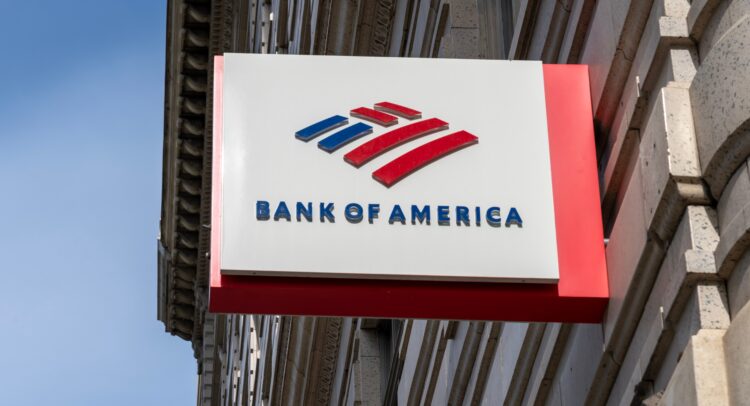Bank of America (BAC), the second-largest U.S. bank, has been ordered to pay $540.3 million to the Federal Deposit Insurance Corporation (FDIC) to settle a long-standing legal dispute. The case, filed in 2017, alleged that the bank underpaid its deposit insurance premiums by failing to comply with a 2011 rule. It must be noted that the penalty comes just ahead of the bank’s Q1 earnings release due later today.
Wall Street analysts expect Bank of America to report Q1 2025 earnings per share (EPS) of $0.82, reflecting an 8% year-over-year growth. Also, BAC’s revenue is expected to increase by more than 4% to $26.97 billion in Q1.
BAC Accused of Risk Reporting Errors
The 2011 rule stated how banks should report their risk exposure to other financial institutions, a key reform imposed to make the banking system stable after the 2008 crisis.
Under this rule, the FDIC accused BAC of failing to properly account for counterparty risk in its reports. This lapse understated the bank’s risk profile, resulting in lower quarterly payments to the Deposit Insurance Fund.
The judge dismissed Bank of America’s arguments that the 2011 rule lacked a reasonable basis. However, the judge also ruled that the FDIC’s lawsuit was filed too late to claim underpayments before the second quarter of 2013.
As a result, the $540.3 million payment covers the period from the second quarter of 2013 through the end of 2014, falling short of the FDIC’s initial claims of over $1 billion.
Importantly, the company has already set aside funds to cover the ruling and expressed relief that the dispute has been resolved.
Is BAC Stock a Buy, Sell, or Hold?
Turning to Wall Street, BAC stock has a Strong Buy consensus rating based on 15 Buys and three Holds assigned in the last three months. At $50.97, the average Bank of America stock price target implies a 39% upside potential.

















